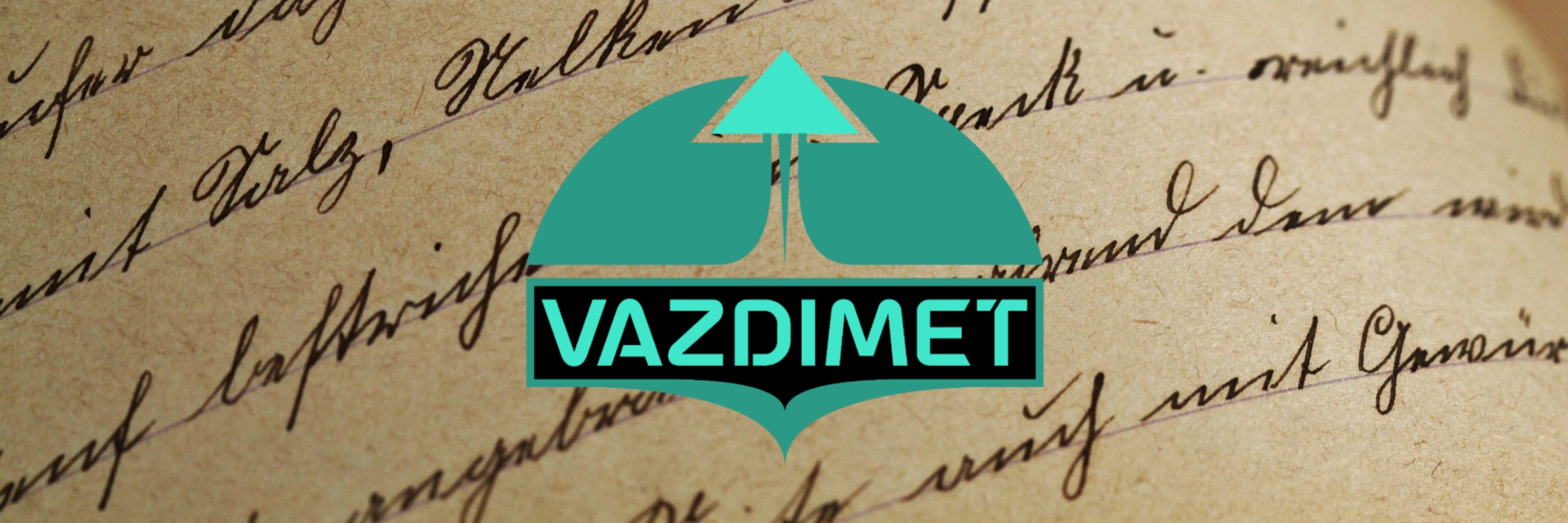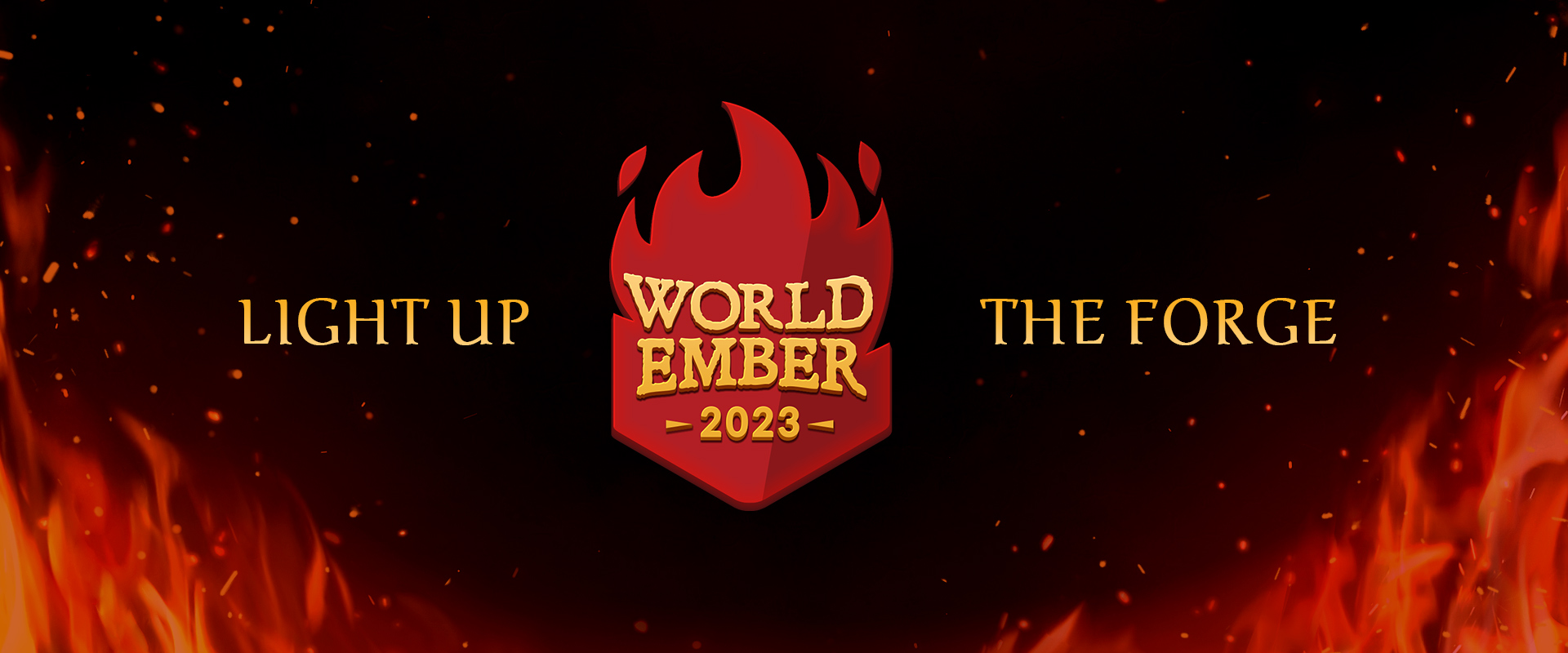Vanderrasekaat literally translates to "Language of the People". It is an audiovisual experience, built around the carrying of sounds underwater as well as the generation of bubbles with different enunciated verbal clicks. If spoken outside of water the language sounds a mix of singing and humming punctuated by harsh enunciations.
Forming Words
To understand the language one must also understand the nature of its speakers. As their entire lives revolve around life within the vast oceans of Tesch, known in Vanderrasekaat as Ssoonnsekaat or "Cradle of The People," so too does their imagery and word structure rely upon a mindset of life within the depths.
The Sekatt form words by combining ideas together to convey their intent. Often the resultant descriptors are rich in cultural and geographical imagery and symbolism, clear to those with the necessary understandings but potentially confusing to outsiders. If an individual does not possess the vocabulary for the specific thought they wish to convey, they will simply form a new word from their known words and this then becomes a name for that idea.
Geographic Distribution
Courtesy of the Lassadaavvskat and their sharing of ideas throughout their travels, Vanderrasekaat is spoken by all Sekaatt although local dialects and vocabulary remains quite varied. Due to the Sekatt tendency to build more complex words using smaller more common components most dialects are easily understood by others familiar with Vanderrasekaat, even though the fully constructed words themselves may be unfamiliar.
Grammer and Pronunciation
Some basic rules are maintained for word construction, for ease of understanding between dialects. Double letters for any sound means to hold or hum that sound, or in cases of harsher sudden sounds the letter should be clicked twice.
The addition of a held "aa" on the end of a word denotes that word as a verb. Likewise, words ending in "oo" are recognized as adjectives or adverbs, although these are rarely used alone but rather typically find their way into the word for the noun they are describing. Words ending in "t" are recognized as a proper noun, while those ending in a double "tt" become a title for a group or an individual. Various prefixes and suffixes are also used throughout, although depending upon the dialect, the size of the resultant word, and the clarity of meaning with or without, these may be included or omitted at preference.
Example
As an example, the word aalii refers to a fight. Adding an "aa" to the end transforms it to the verb aaliiaa, "to fight". Using the suffix "-ska" instead forms aaliiska, meaning "warrior" or, more literally, "one who fights". This could also be done by adding "oo" to form aaliioo, when wishing to denote "warrior" as an adjective descriptor to an individual while still using their name. Adding a "tt" after to form Aaliiskatt instead transforms the word warrior into an official title of "Warrior," while a single "t" to form Aaliiskat would instead refer to an individual named "Warrior".




This is such an interesting and thoughtfully written language. I particularly like the example at the end how one word can be transformed with different suffixes.
I certainly set myself a lot of rules with this one, ha! But I had a lot of fun writing it.
Necromancy is a Wholesome Science.